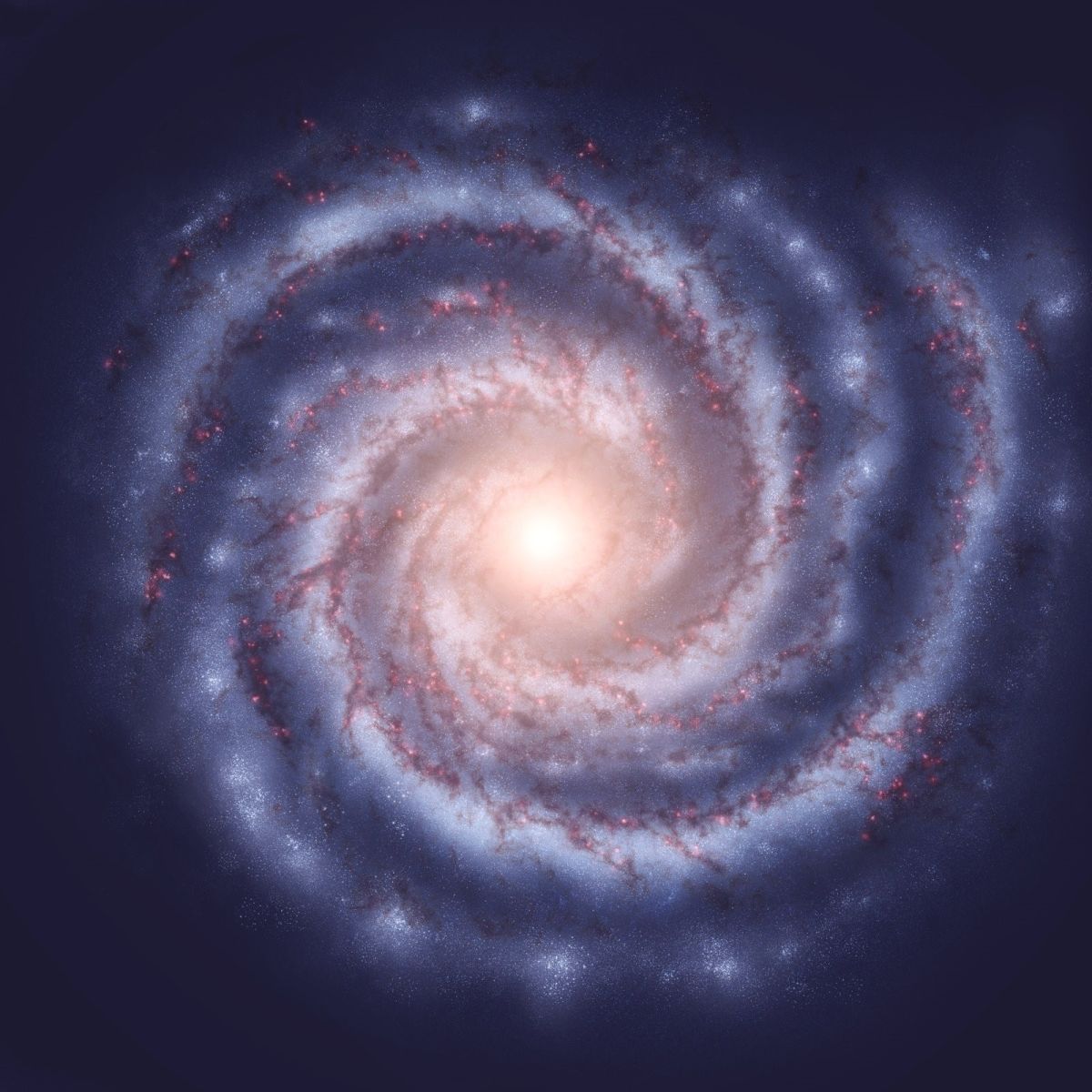The word universe derives from the Latin word universe. The word in the sense "everything rolled into one, everything combined into one."
Universe means unimaginably vast space which is unbounded with its dots of body's are by definition, the universe includes everything that abounds in space, and space is filled with matter which varies from the tiniest and cosmic particle to the gigantic galaxies. The universe is known to composed of many types of comparatively small and large dense e.g., the galaxies, the constellations (star groups), the stars, the planets, dwarf planets, asteroids meteors, comets other heavenly bodies.
INTRODUCTION
The Universe is a large space that contains everything i.e. all matters and energy, from the smallest particles to the largest particles, whatever there is in the space is a part of the universe. It contains all the planets, stars, asteroids, meteors and all the galaxies. No one knows the size of the Universe. The astronomers believe that the universe is still growing outwards in every direction.
Also Check: Solar System
Origin of the Universe
The Universe probably came into existence as a result of a gigantic explosion called the “Big Bang” which occurred 14 billion years ago. Small atoms formed within minutes of the explosion and the process of creation was started.

Photograph of the ever expanding universe taken by the Hubble Space Telescope
Components of the Universe
Nebula: Atoms combined to form molecules, which eventually formed clouds of gas and dust called nebula. The nebula is believed to be the birthplace of stars. Clumps of dust and gas in a nebula are drawn together due to their own gravity, forming stars.
Galaxies: A large group of about 1011 stars, dust and light gases bound together by mutual gravity and isolated from similar other systems by vast regions of space is called a galaxy. The Milky Way galaxy, which was formed 5 billion years after the explosion, is the home of the Earth and the Solar System.
 Milky Way Galaxy
Milky Way Galaxy
- Stars: They are heavenly bodies made up of hot burning gases, shining by their own light.
- Solar System: The Sun, its planets and all the objects moving around them collectively form the Solar System. The Earth and other planets of the Solar System evolved from the Sun’s debris, i.e., the gas and dust particles that were spinning around the Sun at high speeds.
Also Check: Waves
The Big Bang Theory

Big Bang Theory: Beginning of everything
The Big Bang theory provides the best explanation of the basic cosmological observations. According to this theory, the Universe began as the result of an explosion at about 14 billion years ago – called the big bang.
- The whole matter in the Universe was originally concentrated in one superdense, and extremely hot, vast lump, called primeval atom (a concentrate of only neutrons, and protons), which was 100 million light years wide.
- The primeval atom exploded with a big-bang, and the matter started flying in all directions through space leading to the formation of stars, galaxies, and other heavenly bodies, which are still moving away from one another with high speeds.
- The larger the distance between these bodies, the faster they are moving apart.
- The big-bang theory suggests that the universe has a definite age, and definite size.
Also Check: Sound
Related Links
| S.no | Formulas List |
|---|---|
| 1. | Force |
| 2. | Frictional Force |
| 3. | Thrust and Pressure |
| 4. | Buoyant Force |
| 5. | Waves |
| 6. | Sound |
| 7. | Some Natural Phenomena |
| 8. | Electroscope |
| 9. | Lightning |
| 10. | Earthquake |